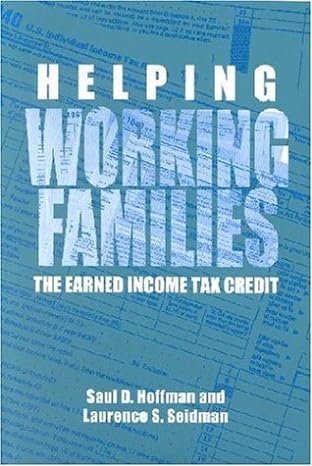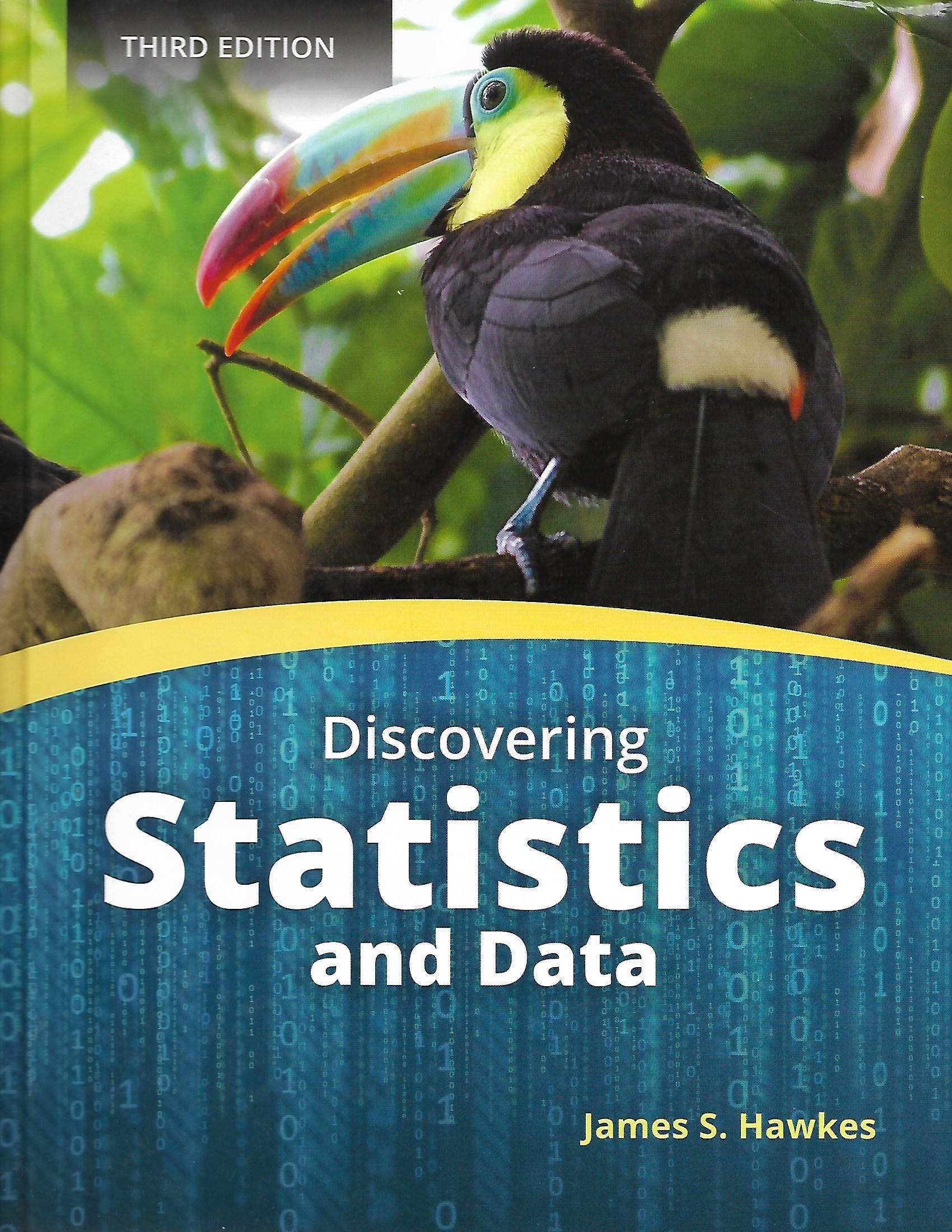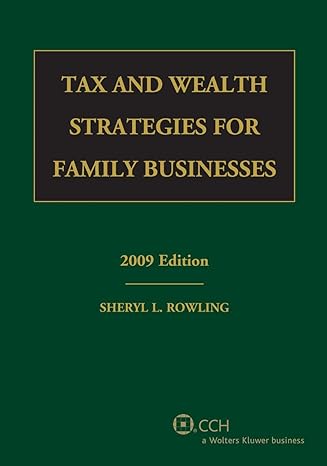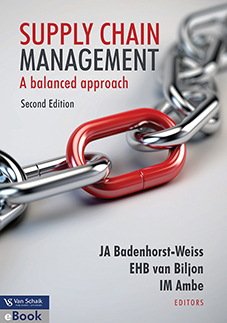Go back


Helping Working Families The Earned Income Tax Credit(1st Edition)
Authors:
Saul D. Hoffman, Laurence S. Seidman

Cover Type:Hardcover
Condition:Used
In Stock
Include with your book
Free shipping: May 07, 2024Popular items with books
Access to 3 Million+ solutions
Free ✝
Ask 10 Questions from expert
200,000+ Expert answers
✝ 7 days-trial
Total Price:
$0
List Price: $6.73
Savings: $6.73(100%)
Book details
ISBN: 0880992530, 978-0880992534
Book publisher:
Get your hands on the best-selling book Helping Working Families The Earned Income Tax Credit 1st Edition for free. Feed your curiosity and let your imagination soar with the best stories coming out to you without hefty price tags. Browse SolutionInn to discover a treasure trove of fiction and non-fiction books where every page leads the reader to an undiscovered world. Start your literary adventure right away and also enjoy free shipping of these complimentary books to your door.
Helping Working Families The Earned Income Tax Credit 1st Edition Summary: It's rare that one of the nation's income transfer programs finds favor among both liberals and conservatives, but the Earned Income Tax Credit (EITC) has done just that. Administered by the Internal Revenue Service, the EITC rewards low- to moderate-income individuals and families with a significant refundable credit even if they owe little or no taxes. Conservatives find the EITC's work requirement appealing, while liberals see the program as a source of cash assistance for the working poor. No wonder, then, that the EITC has grown to become the centerpiece of the nation's antipoverty programs. In Helping Working Families: The Earned Income Tax Credit, Saul D. Hoffman and Laurence S. Seidman offer an up-to-date assessment of the EITC in which they analyze, evaluate, summarize, and critique the current state of the program. The authors find that, overall, the EITC works well, and that it has earned its political popularity. Yet they also uncover several problem areas that they address with specific recommendations based on their analysis. Hoffman and Seidman point to four facets of the EITC that seem inconsistent with the intent of the program. First, it penalizes work among workers with income at the high end of the EITC schedule. Adding the EITC "phase-out" rate of 21 percent to federal income tax and the payroll tax yields a total marginal tax rate of approximately 50 percent, a rate high enough to discourage work among married couples with moderate incomes. Next, the EITC imposes substantial marriage penalties. For instance, if a full-time minimum wage worker marries a full-time minimum wage worker with two children, they suffer a penalty of more than $1,600 compared to what they would have received if they had remained single. The EITC also leaves larger families with low-wage workers stuck in poverty. A married couple with two children and a single wage earner working full-time at $6.50 per hour is still poor even after adding in their $4,000 EITC income. Finally, the EITC eligibility criteria are very complex, especially regarding whether a household has "a qualifying child" and thus is eligible for more generous benefits. The good news, according to the authors, is that these problems are not independent of each other. In fact, they point out that a revision to improve one of the shortcomings listed above may contribute to the solution of the others. By recommending 1) a reduction in the current EITC phase-out rate for a family with two or more children, 2) the establishment of a separate, more generous EITC schedule for married couples, and 3) a new rate schedule for families with three or more children, Hoffman and Seidman feel that the nation can take a good program and make it even better.
Customers also bought these books
Frequently Bought Together
Top Reviews for Books
MESFER M
( 5 )
"Delivery was considerably fast, and the book I received was in a good condition."










